Originally posted in Next City. Read the full article.
“Like a lot of American cities, contemporary Baltimore has two types of neighborhoods: Those few areas in and around downtown, where capital is relatively easy to access, and the more common outlying neighborhoods, often historically disinvested and constrained by legacy policies like redlining, where capital is scarce and lending for small businesses is relatively difficult… According to James “Mac” McComas, the program coordinator at Johns Hopkins University 21st Century Cities Initiative, the neighborhood-by-neighborhood disparity is stark: In the last five years, private banks have invested $780 million in the fund’s eligible neighborhoods, which cover two thirds of the city, while investing more than $860 million in the remaining third.”




